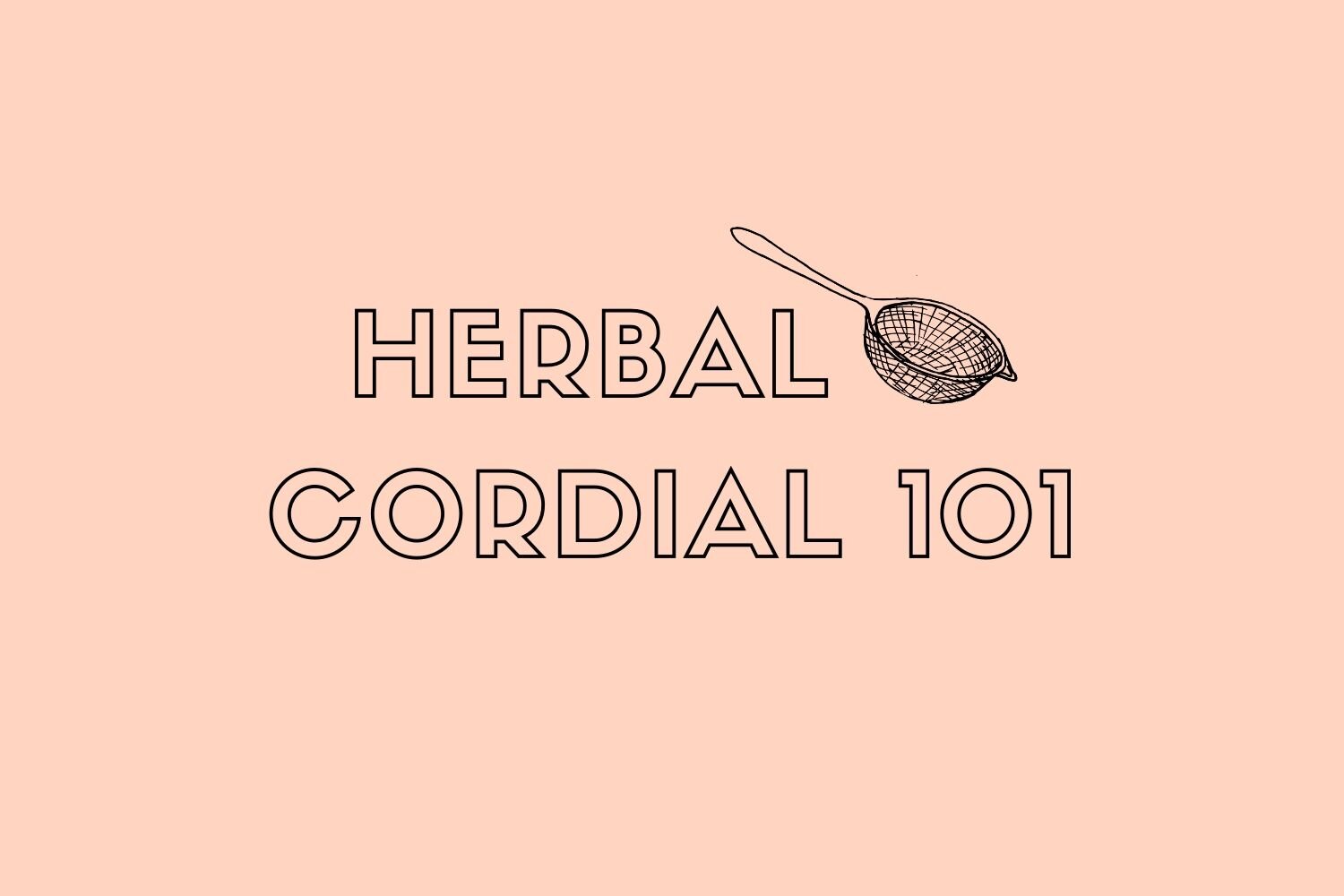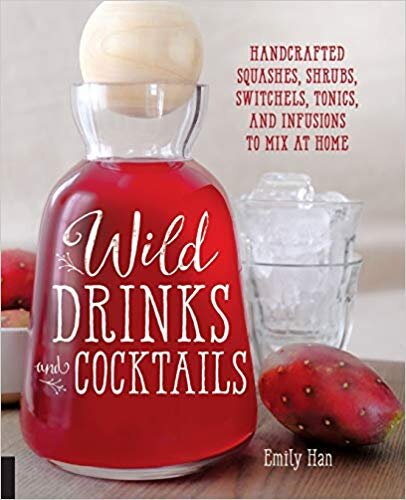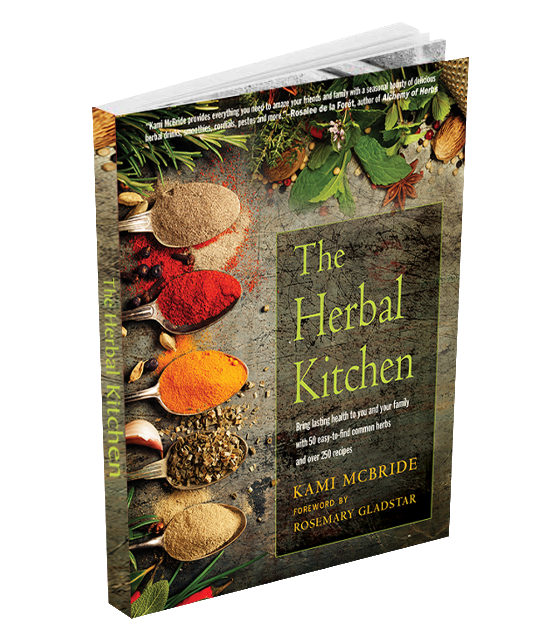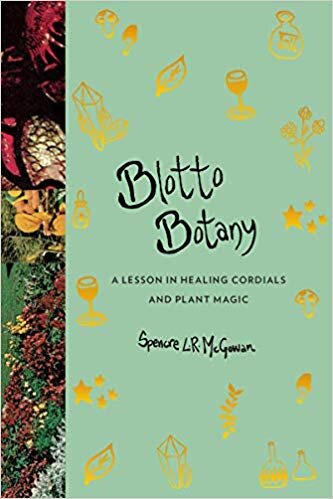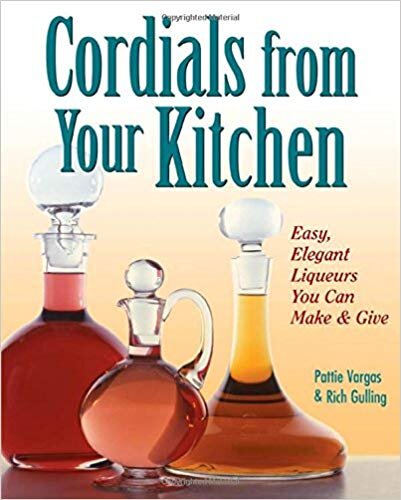Herbal Cordial 101
While cordial making may seem daunting, it’s a fairly simple process. Plus—it’s a great excuse to get a lil’ boozy in the name of good health. While cultures all around the world have long enjoyed a little alcohol with their herbs, cordials were named and gained popularity in medieval times. These sweet alcohol-based herbal formulas were meant to be energetically heart-warming and cordial, which more-or-less means “of the heart” in old English. Originally these aperitif-like infusions were used exclusively to boost cardiovascular health. David Hoffman goes into this in more depth in his book Heart Healthy: Strengthen Your Cardiovascular System Naturally.
Since then, cordials have expanded in use and can be made to benefit one or all body systems depending on the formulation. They’re a tasty way to enjoy an herbal extract, as they’re usually made with alcohol and herbs, alongside fruits, spices, and sweetener of choice. You can infuse fresh or dried fruits and herbs which makes it a great way to preserve the bounty of each season. Try making a minty after-dinner cordial, nervous system soothing cordial, or even an aphrodisiac blend!
They’re also a perfect way to impress house guests and get even your most skeptical relatives to try herbs. Medicinal cordials are rarely available in store, so they are a novelty that can make a great gift. We suggest serving after dinner in a fancy crystal glass, and many go very well alongside dessert. Since they’re high in alcohol content they are meant to be sipped and enjoyed in small quantities.
Much like tea and cocktail making, there are endless ways to make cordials. Our favorite books that feature cordial making are Blotto Botany, The Herbal Kitchen, Wild Drinks and Cocktails, and an old classic—Cordials From Your Kitchen. Below, we have listed some key things to think about when crafting your first cordial.
Books on Herbal Cordials
Materials
Jar
Lids
Mesh Strainer
Muslin
Labels
Alcohol
Brandy
Gin
Tequila
Vodka
Fruits: Fresh or Dried
Apple
Blueberry
Citrus Peels
Cranberry
Date
Peach
Pear
Pineapple
Strawberry
Herbs: Fresh or Dried
Digestive System Herbs
Cardiovascular System Herbs
Immune System Herbs
Invigorating Aphrodisiacs
Nervous System Herbs
Reproductive System Herbs
Spices
Anise
Coriander
Cardamom
Cinnamon
Fennel
Ginger
Nutmeg
Sweetener
Herbal Honey
Honey
Maple Syrup
Molasses
Rice Syrup
Sugar
Dried Method
Fill your squeaky clean jar 1/4 to 1/2 full of dried herbs and spices, that are already finely cut and sifted. You can also add dried fruit in, about a 1/4 cup will do. If fresh fruits are desired instead, fill the rest of the jar with fruits to the 3/4 mark. Fill with alcohol, and cover the plant materials by at least 2 inches.
Allow the mixture to sit—a.k.a. “macerate” in herbalism—for 4-6 weeks, you can even link it up to a full or new moon cycle. We suggest using a pint or quart sized Mason jar with a reusable plastic or wax paper lined lid (to prevent rust). Strain out the herbs with a muslin or cheese cloth lined mesh strainer. Add honey in, or alternative sweetener, to taste. Often it’s recommended to have a 2:1 ratio of alcohol extract to sweetener. So, if your final extract yield (which is essentially a tincture) is 1 cup, mix in 1/2 cup of honey. If the liquid sweetener is hardened, lightly warm before adding in. You may wish to add less sweetener depending on the type or preference. Mix or shake to combine, and enjoy!
Fresh Method
Fresh herbs and fruits take up more space, which is why you need to use more of them. Fill your squeaky clean jar about 3/4 full with fresh herbs and fruits of the season, that have been finely chopped, along with spices of your choice. Fill with alcohol, and cover the plant materials by at least 2 inches.
Allow the mixture to sit—a.k.a. “macerate” in herbalism—for 4-6 weeks, you can even link it up to a full or new moon cycle. We suggest using a pint or quart sized Mason jar with a reusable plastic or wax paper lined lid (to prevent rust). Strain out the herbs with a muslin or cheese cloth lined mesh strainer. Add honey in, or alternative sweetener, to taste. Often it’s recommended to have a 2:1 ratio of alcohol extract to sweetener. So, if your final extract yield (which is essentially a tincture) is 1 cup, mix in 1/2 cup of honey. If the liquid sweetener is hardened, lightly warm before adding in. You may wish to add less sweetener depending on the type or preference. Mix or shake to combine, and enjoy!
*Note: Give your maceration some love. Set intentions for the formula as it macerates over the 4-6 weeks time. We truly believe this healing energy will infuse into the cordial. Add more alcohol if the herbs soak up too much and become uncovered, and shake often.
FAQ’s
Can a cordial be non-alcoholic?
Great question. We’re living in the 2020s, YES! You can keep it classy by using vinegar to extract instead, it will technically be more of what we herbalists like to call a “oxymel.” Which is also very delicious and satisfying. And in other countries, cordials are more often alcohol free and are simply a water-based extract of herbs and sugar or sweetener of choice. So, cordials truly take on many forms.
Are there other alcohols I can use?
Yes, you can use any alcohol or wine you like. It just needs to be higher in alcohol content so it can stay preserved for longer. Technically speaking, infused wines are a whole other category. Though we often see port wine infusions listed as cordials, which is delicious with earthy spices like cinnamon and cardamom.
What if the herb, fruit, spice, or sweetener I want to use is not on this list?
No worries! This is just an inspirational list, not meant to be extensive. Try it out and report back, we would love to hear what you whipped up. Just be mindful to not use any “low-dose” herbs, stick to what you know or recipes you find from seasoned herbalists.
Is it possible to let it macerate for more or less than 4-6 weeks?
It’s generally recommended by Western Herbalists to wait about a month before finishing an extraction, if you finish earlier you just run the risk of it being less effective. If it sits longer, it may pull more bitter-tasting properties over time.
What’s the shelf life on these potions?
Cordials are best stored in a cool dark place, like a cabinet, wine cellar (if you fancy like that), or even in the fridge. Cordials with fresh fruits and herbs usually last up to a year, and dried can last a few years. Though, after your your first sip, we doubt they will last that long.

